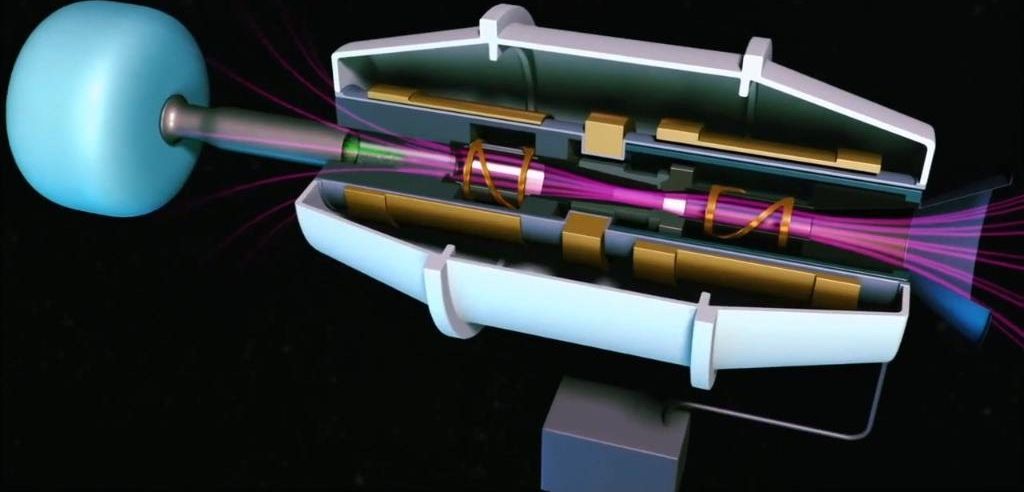https://youtube.com/watch?v=TiZuG9K_xso
NASA recently provided $10 million in funding to Ad Astra Rocket Company of Texas for further development of its Variable Specific Impulse Magnetoplasma Rocket (VASIMR), an electromagnetic thruster capable of propelling a spaceship to Mars in just 39 days. NASA’s funding was part of the “12 Next Space Technologies for Exploration Partnership.” Ad Astra’s rocket will travel ten times faster than today’s chemical rockets while using one-tenth the amount of fuel.
The VASIMR system would cut the trip to Mars by months according to Franklin Chang Diaz, a former MIT student, NASA astronaut, and now CEO of Ad Astra.
According to Diaz, “this is like no other rocket that you may have seen in the past. It is a plasma rocket. The VASIMR Rocket is not used for launching things; it is used for things already in orbit. This is called “in-space propulsion.”

The costs all around make something like this the obvious choice. But isn’t it a little more than ironic that the first planet we wish to travel to is still so far away that we need something like it? Especially when the surface of Mars is literally covered in rocket fuel?
Would the astronauts be able to handle the intense acceleration needed to get there that quick?
Answer to James…
Yes. Not if the initial speed jump is from the then current speed to near or full maximum propulsion. But if there is control on the increase of acceleration, which I imagine there will be, then those on board will experience nothing at all.
Think of it like how we are on this earth spinning around super fast. If anything, being on a rocket before it begins to reach higher speeds is a sudden reduction in the speed we are traveling here on earth.
I look forward to seeing if this technology reaches its full potential and use in the same manner as it had before.
If this can accelerate continuously at around 1G then it solves another problem.
The life expectancy of our sun is another 5 billion years. Let’s learn how to look after Earth before bothering about Mars. Mars is already inhabitable without major resource management and expenses. Our planet is fast becoming like Mars due to our mismanagement since the domestication of plants and animals. Let’s learn how to return Earth to a sustainable garden of Eden first — then we can use those skills on Mars. We’ve got plenty of time to work things out here first. If we continue as we are, the mad scramble for resources will see a few power hungry psychopaths entering the Mars plasma rockets in a desperate hope of continuing their destructive ways in the rest of the cosmos.
How do I get a ticket?